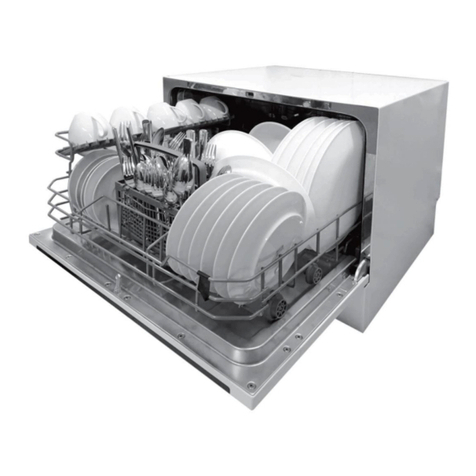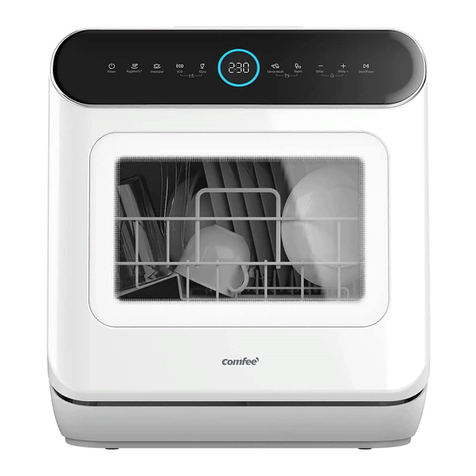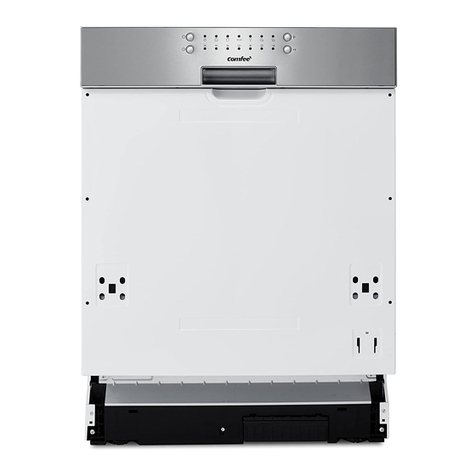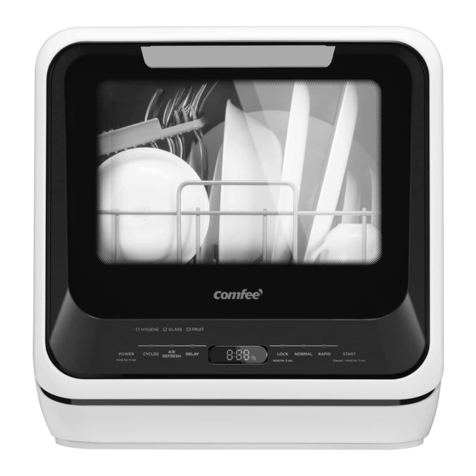Comfee CDC22P2AWW User manual
Other Comfee Dishwasher manuals
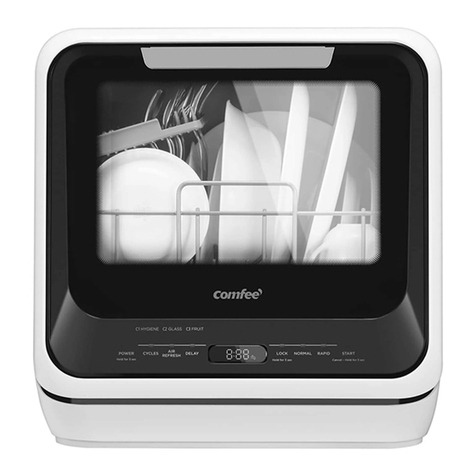
Comfee
Comfee CDC17P0ABB User manual
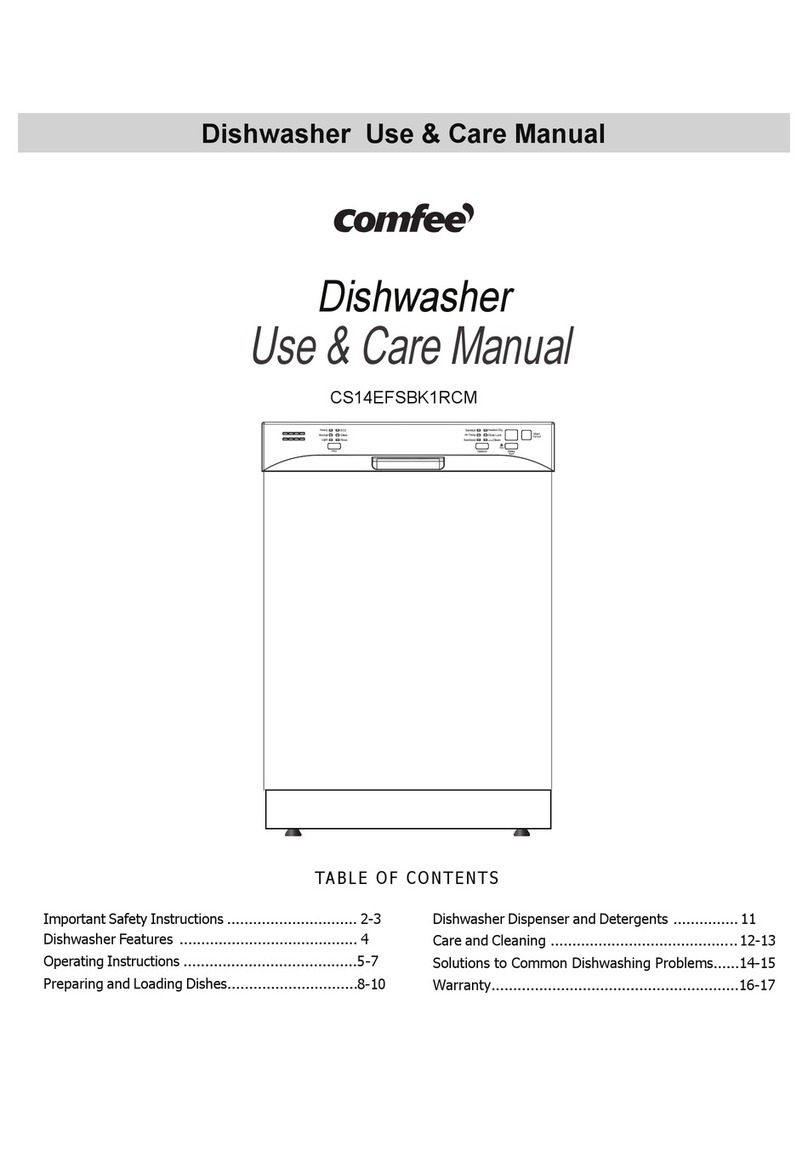
Comfee
Comfee CS14EFSBK1RCM User manual

Comfee
Comfee CDC17P0ABB User manual

Comfee
Comfee CDC17P0AWW User manual
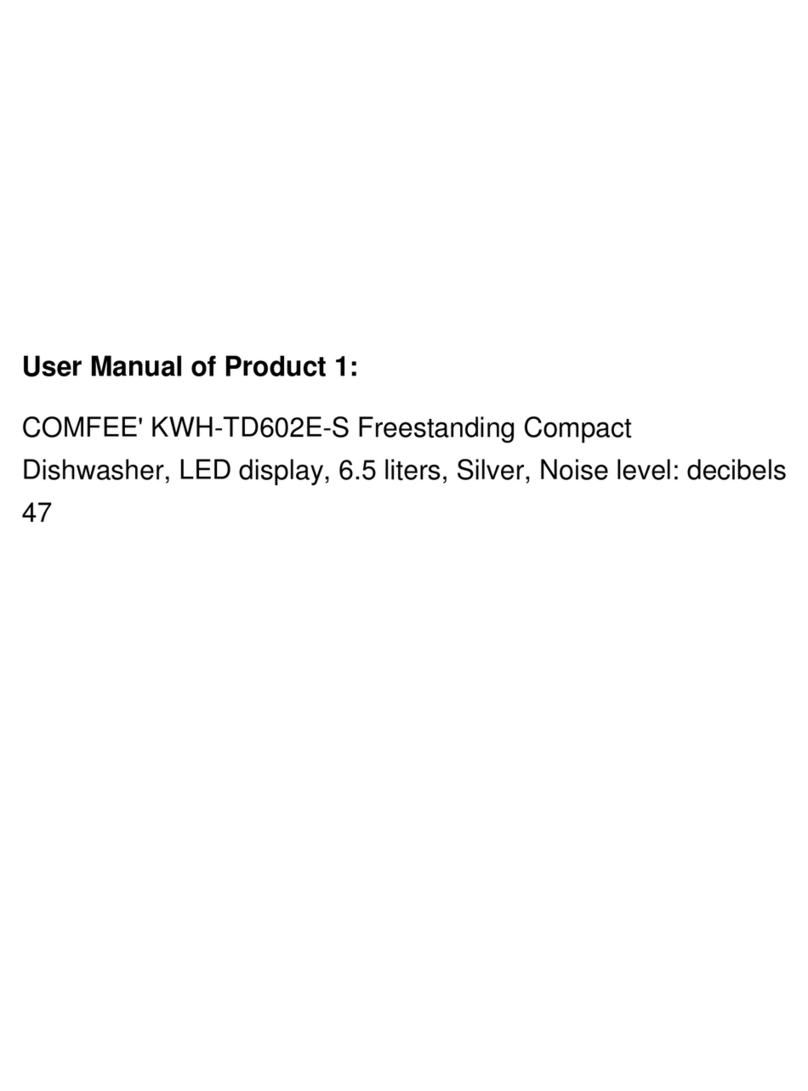
Comfee
Comfee KWH-TD602E-S User manual
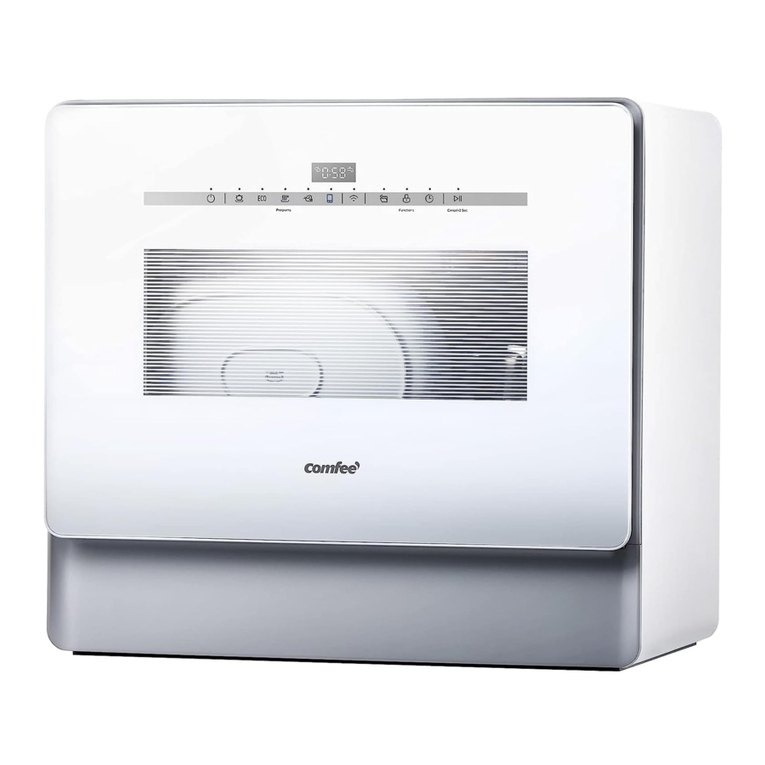
Comfee
Comfee CDC22P4AWW User manual
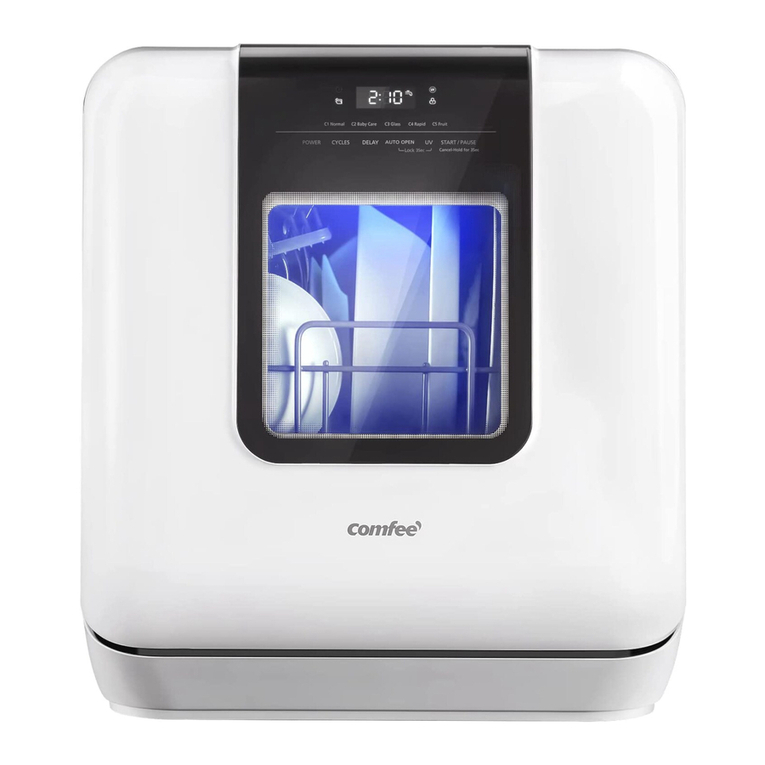
Comfee
Comfee CDC17P2AWW User manual
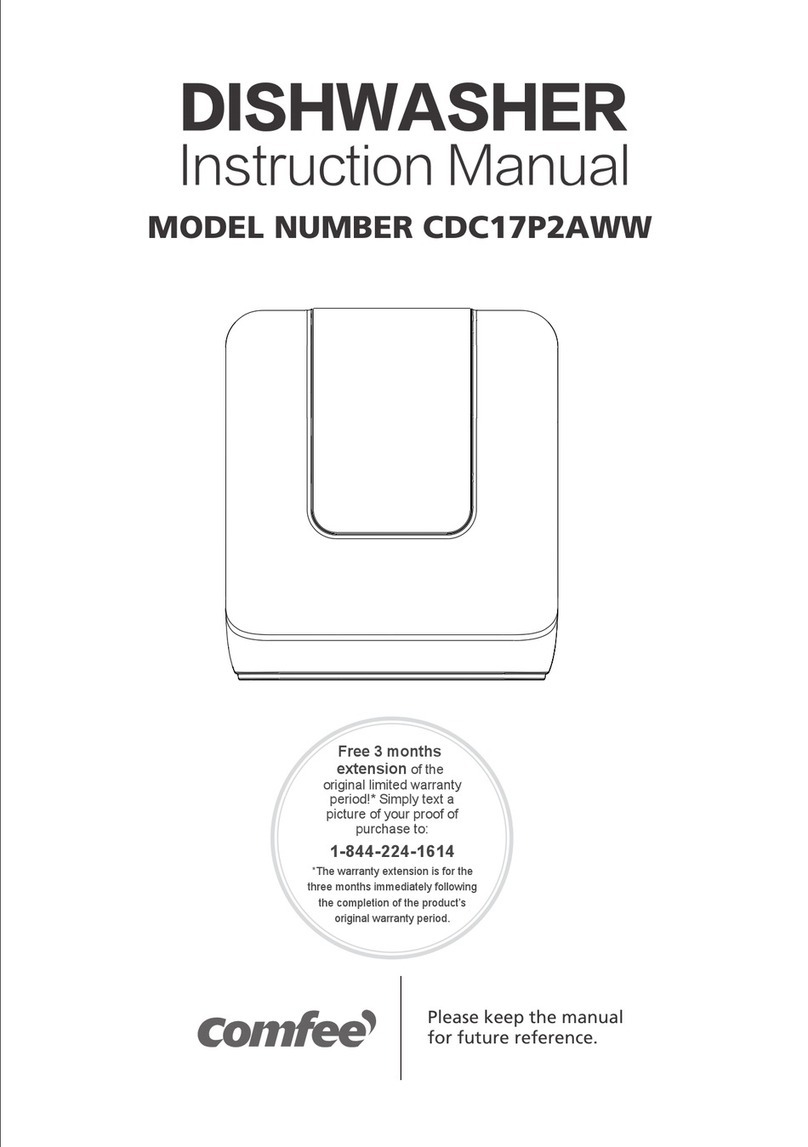
Comfee
Comfee CDC17P2AWW User manual

Comfee
Comfee CS14EFSBK1RCM User manual

Comfee
Comfee CGV612di Instruction manual
